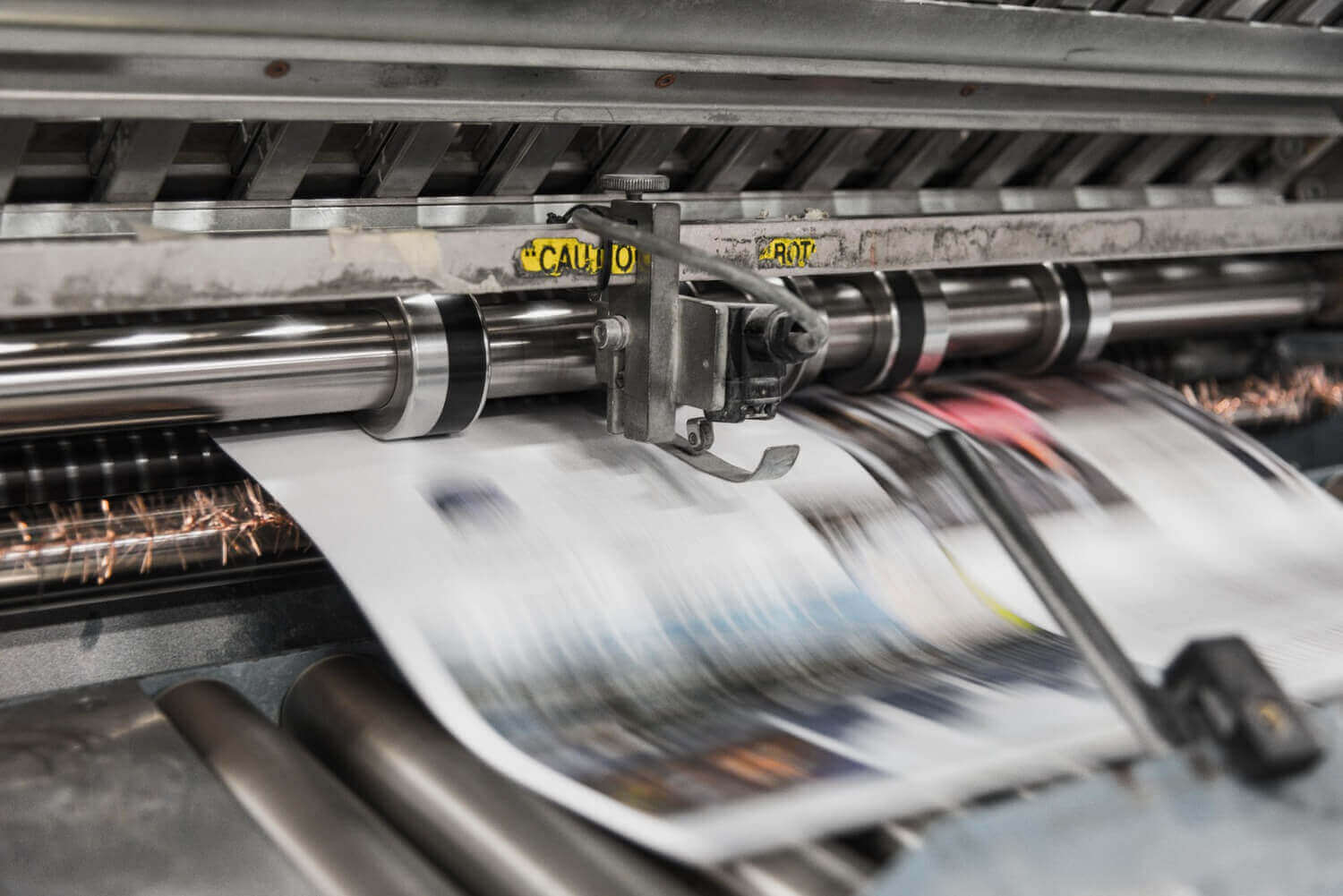These success stories show the real potential of print on demand businesses.
These success stories show the real potential of print on demand businesses.
Blog Article
Understanding How Digital Printing Transforms the Printing Industry
The printing industry, long steeped in standard approaches, is undertaking a radical makeover with the advent of electronic printing. This cutting-edge modern technology, which avoids the requirement for publishing plates, makes it possible for fast manufacturing and personalization, improving the landscape of print interaction. With its prospective to stimulate engagement with personalized content and to provide sustainable solutions, it's clear that digital printing is more than a technological advancement; it's a crucial video game changer. Just how exactly does it revolutionize the industry? Let's discover.
The Development of Digital Printing: A Short Overview
Considering that its creation, digital printing has actually undergone substantial improvements, constantly reinventing the printing industry. Its advancement began with the growth of xerography in the mid-20th century, a process which laid the groundwork for printer. With the introduction of the 90s, digital printing technology began to mature, and the industry witnessed the introduction of straight imaging presses, which eliminated the need for publishing plates. As the brand-new millennium unfolded, advancements in modern technology further spurred the development of digital printing, bring about the development of high-speed inkjet printers. These devices provided superior quality and speed, for life transforming the landscape of the industry. Today, electronic printing stands as a testament to human technology, continuously advancing to satisfy the ever-changing demands of the modern-day globe.

Unloading the Modern Technology Behind Digital Printing
Looking into the intricacies of digital printing technology, one runs into a rich tapestry of sophisticated machinery and complicated formulas. At the heart of this procedure lies an electronic picture, which is refined by software application that splits it right into a grid of dots. These dots are after that converted into a digital code. This code is interpreted by the printer, which uses it to exactly transfer beads of ink onto the substrate. The droplets are so little and precise that they create a picture that is essentially identical from the initial. This complex system, boosted by innovative software and high-resolution imaging, has actually transformed the landscape of the printing industry, paving the means for extraordinary degrees of detail and precision.

The Advantages of Digital Printing for Companies
Recognizing the technology behind digital printing provides a clear image of its precision and detail. For companies, this equates into various benefits. Digital printing supplies unprecedented speed, making it possible for companies to fulfill limited target dates without endangering on top quality. Next off, it reduces expenses as there are no plates or physical setup, making it excellent for small-volume printing tasks. Moreover, this visit site modern technology provides remarkable uniformity with each print outcome, removing variants commonly seen in typical techniques. Digital printing is ecologically friendly, making use of much less ink and generating less waste. However, the full capacity of electronic printing is recognized when made use of for customization and personalization, a topic that will certainly be covered comprehensive in the following area.
The Function of Digital Printing in Modification and Personalization
While my site conventional printing approaches struggle with modification and personalization, digital printing succeeds in these areas. It enables for the simple change of layouts, without the requirement for pricey and taxing plate adjustments (print on demand). This enables companies to tailor items to specific clients, meeting certain needs and improving consumer contentment
Digital printing also enables variable data printing, where aspects such as text, graphics, and images might be altered from one published piece to the next, without decreasing the printing procedure. This is especially useful for straight advertising campaigns, where individualized messaging can considerably boost reaction rates. In this method, electronic printing not just changes the printing sector but also transforms the method businesses communicate with their customers.
Evaluating the Ecological Influence of Digital Printing
Although electronic printing has actually been lauded for its function in modification and personalization, it is vital to analyze its environmental effect. Digital printing can be much less wasteful than standard approaches, since it operates on a 'print on demand' basis, getting rid of the need for huge print runs that can cause excess and waste. Additionally, it utilizes less chemicals and creates less unpredictable natural compounds (VOCs) compared to offset printing. Nonetheless, the power usage of electronic printers can be high, bring about increased carbon footprint. Additionally, making use of non-recyclable printing components and the challenge Website of e-waste monitoring pose substantial ecological worries. While digital printing has lots of advantages, its ecological influence should be diligently handled.
Verdict
Finally, electronic printing has transformed the printing industry, using quick, affordable, and top notch services. It promotes customization, boosting consumer involvement, and uses a lasting print-on-demand design. As this innovation remains to progress, its impact on service communication, customer fulfillment, and ecological sustainability ends up being progressively extensive. Understanding these adjustments is critical for businesses to take advantage of the benefits of electronic printing properly.
Report this page